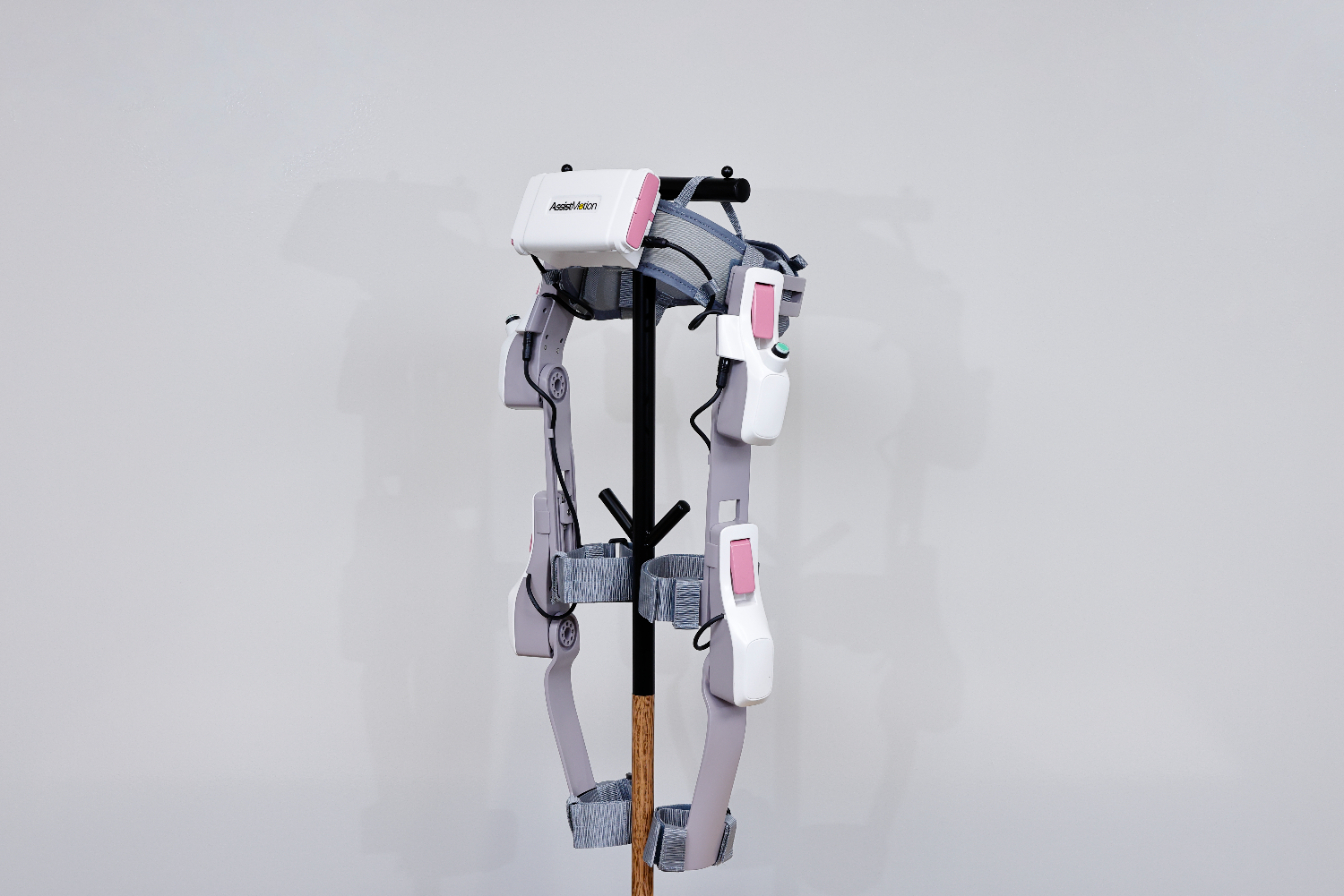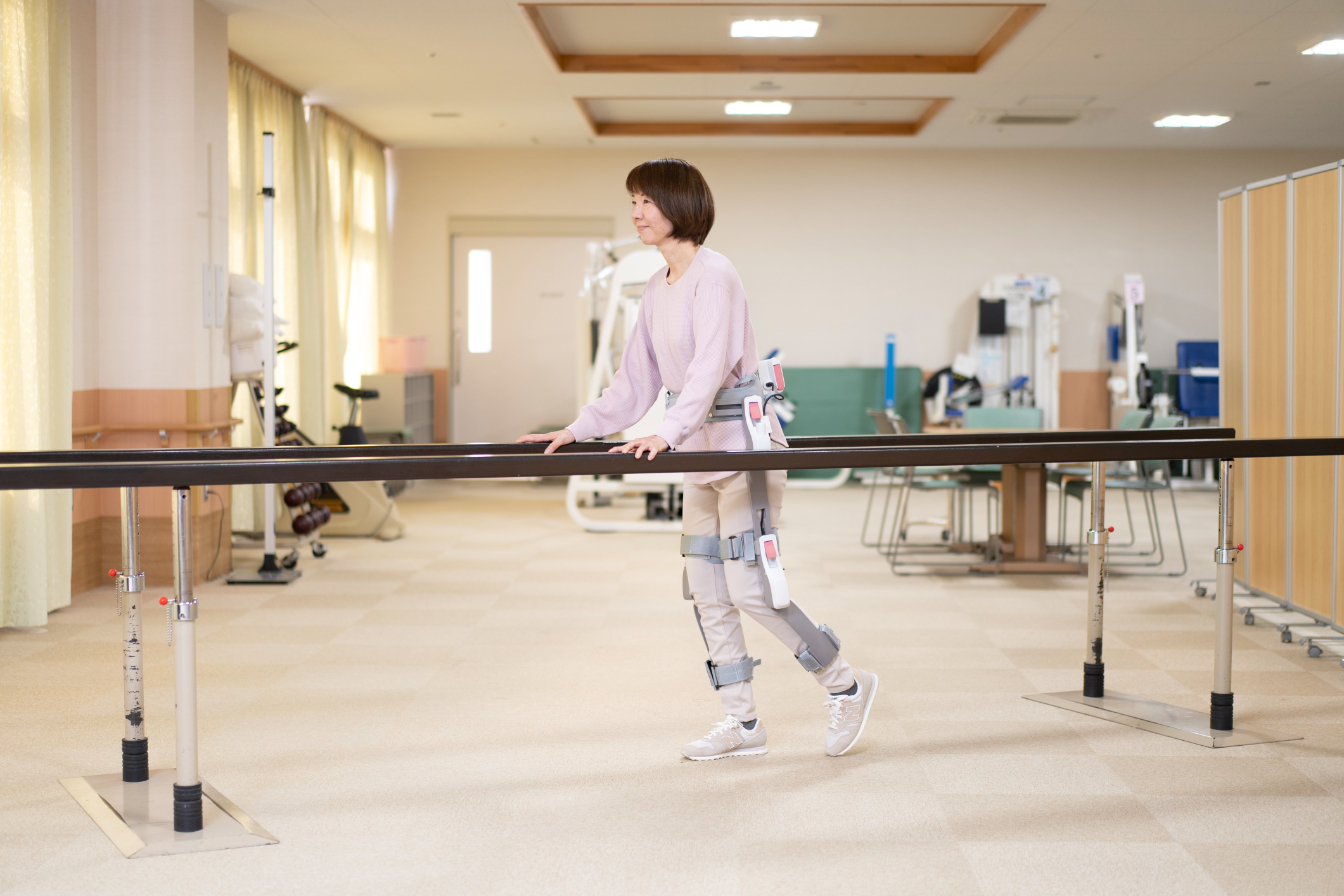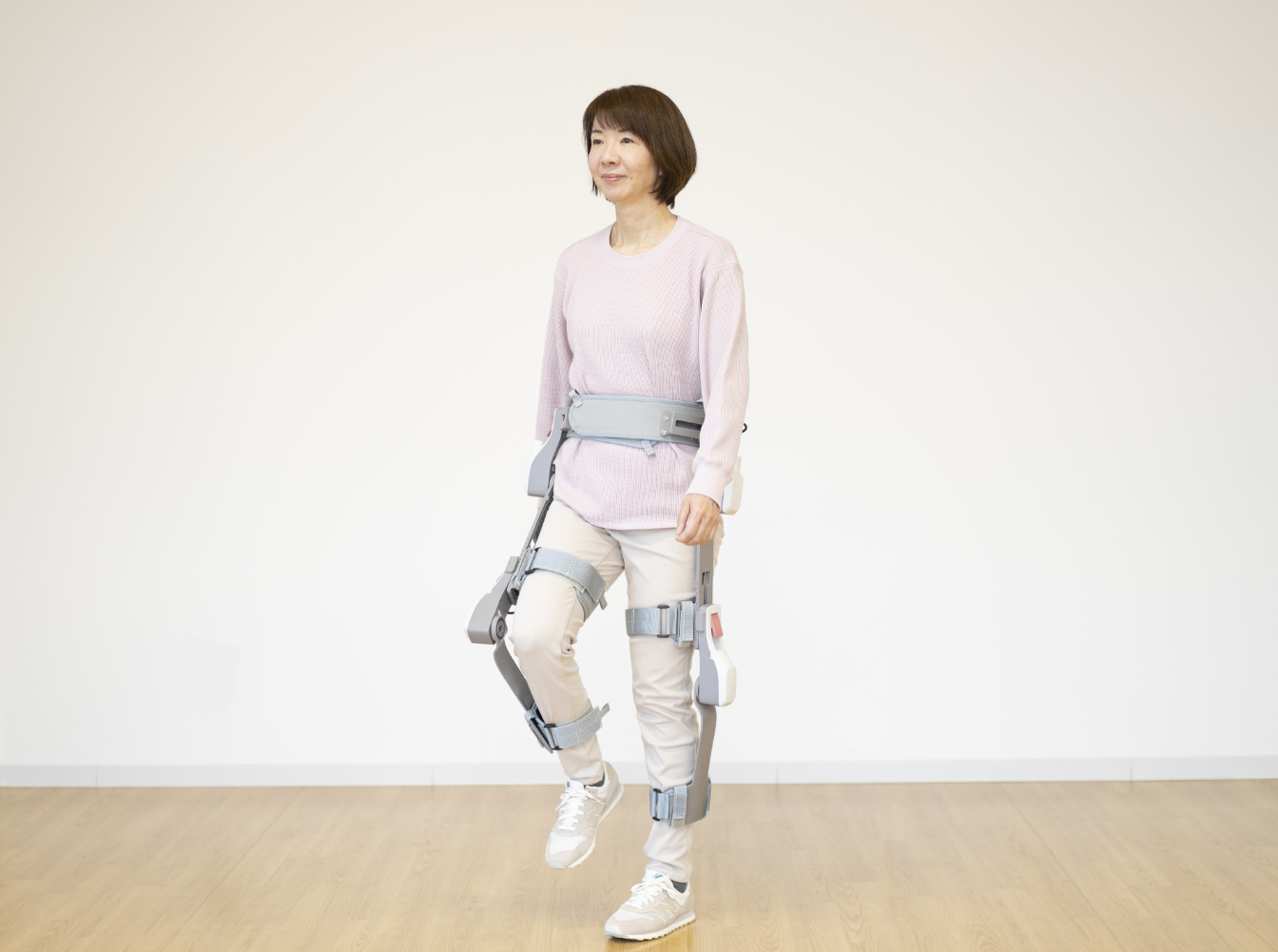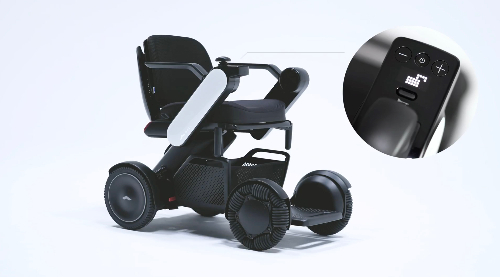JSTORIES - 在高齡化和人口減少日益嚴重的背景下,全球各地都在積極開發可穿戴(能夠裝置在身體上的)機器人。這些機器人不僅能補助或強化因年齡增長而衰退的運動功能,還在醫療、護理、製造業、建築業、物流業等多個工作場合中,為工作者減輕身體負擔,發揮顯著作用。
穿戴式機器人逐漸成為社會和日常生活的必需品之一,但如何更輕鬆使用避免沈重設計是主要的課題。曾在信州大學繊維學部從事研究的橋本稔先生所追求的目標,就是實現像衣服般輕便穿戴,並能為身體提供力量的「穿戴式機器人」。
橋本先生於2017年創立了由信州大學發起的新創企業Assist Motion。開發了名為「curara(クララ)」的可穿戴機器人,並將其推向市場。除了醫院和護理機構外,從2022年開始,這款產品也透過租賃和銷售方式提供給一般使用者。
說到可穿戴機器人,許多產品是用以減輕物流或護理環境的作業負擔,但「curara」則專為那些因加齡、事故或疾病等原因在行走上受到影響的人們設計,專注於支持「重獲行走的力量」的復健訓練。其命名靈感來自於人氣動畫《阿爾卑斯山的少女海蒂》中的角色——海蒂的朋友克拉拉。就像故事中克拉拉從輪椅中站起來行走一樣,橋本先生希望通過這款機器人,能夠讓更多的人像克拉拉一樣,重新靠自己的力量走路。

為了考慮穿脫便捷性,4個關節全套控制器的「curara」重量被控制在2.9公斤以下,而輔助2個關節的半套設備則為1.8公斤。至於一般的可穿戴式機器人(例如:可減輕工作時背部負擔的類型或步行輔助類型)因本身有一個骨架來支撐整個結構,通常重量約為 15 公斤。
「curara」是一款「非骨架式機器人」,每個馬達都安裝在靠近身體關節的地方,僅擷取人類的動作來提供協助,因此機器人不需要骨架來支撐。同時利用了纖維研究,它的形狀就像一件衣服,能夠更靈活移動。此外,使用者不需要貼上電極,只需將腰帶繞在身體上固定即可使用,這樣就減少了穿戴的負擔。橋本先生表示,「這款產品可以用於復健,幫助提高行走速度、擴大步幅,並改善左右平衡。」
骨架式機器人的動作則會受到限制,關節和其他部位的活動自由度遠低於人體。 例如,人的髖關節可以前後、左右移動和旋轉,而一般的機器人只能前後移動。但curara的設計原則是「不讓人強迫配合機器人,而是讓機器人根據人的動作進行調整。雙方的動作協調,共同實現行走能力。」橋本先生這樣解釋道。

橋本先生致力於開發curara的原因有兩個主要因素。首先是信州大學繊維學部的研究環境。「穿戴式機器人」與繊維學部的研究方向十分契合,此外,學部內有許多專注於衣物研究的學者,因此能夠分享穿著舒適度等方面的知識和經驗。
另一個原因是橋本先生約十年前母親進入護理機構後的情景。「母親在此之前一直能夠用自己的雙腿走路,但進入護理機構不到一年,便被安排使用輪椅,隨著步行機會的減少,走路變得越來越困難。」橋本先生心中有著這樣的遺憾,他認為,如果母親在日常生活中還能夠有機會走路,或許現在依然能夠走得動。
目前,curara的主要使用者是進行復健的神經性疾病患者和股關節骨折患者,年長者則相對較少。下一步的目標是將高齡者的行走支援納入考量,解決輕量化和降成本的課題,並推出不僅能幫助步行,還能輔助日常生活動作的全新機器人,進一步推向市場。

「我們希望開發一款機器人,可以協助無法在綠燈期間過完馬路的年長者,或者是帶小孩走路的人。」為了實現這一目標,除了開發能夠協助起立、坐下、上下樓梯和坡道等功能外,還需要開發其他日常生活動作的輔助功能。
未來最大的挑戰是如何達到一般大眾都能負擔的價格:目前全套 curara(四個關節)的含稅價格為 1,749,000 日圓,這也是阻礙上市的原因。橋本先生表示:「希望未來能適用長照保險,以較低價格提供輔具。」
在降低成本的同時,公司也希望拓展新的使用領域。 我們目前正在開發一款兒童穿戴式機器人。 它可以為身高 90 公分到 145 公分的嬰兒和學前兒童提供身體支援。

「腦性麻痺或脊柱裂的孩子從出生起就不知道如何走路,因此必須逐步學會走路的動作。我們正在與長野縣立兒童醫院(安曇野市)合作開發,計劃今年內進行實際測試,並希望能在明年投入實際使用。」
此外,橋本先生還計劃在兩年內拓展海外市場。特別是在東南亞國家,由於這些國家不僅需要為本國的患者提供護理和治療,還經常接待來自其他國家的患者,因此市場具有廣大潛力。
記事:石井広子 編集:北松克朗
文章:石井廣子 編輯:北松克朗
有關本文的詢問,請發送電子郵件至 jstories@pacificbridge.jp
***
您可以從這裡查看本文章的英文版。
_smallthumbnail.jpg)









![[PODCAST] 外国人創業者が変える日本のスタートアップの形 (Part 7)](https://storage.googleapis.com/jstories-cms.appspot.com/images/1763538829673unnamed_bigthumbnail.jpg)
![[PODCAST] 外国人創業者が変える日本のスタートアップの形 (Part 6)](https://storage.googleapis.com/jstories-cms.appspot.com/images/1763000777388unnamed_bigthumbnail.jpg)







![[PODCAST] 如何打造成功的新創企業社群(第2集)](https://storage.googleapis.com/jstories-cms.appspot.com/images/1748493203370business-man-holding-light-bulb-social-network-2024-10-31-22-37-36-utc_smallthumbnail.jpg)



Awsome